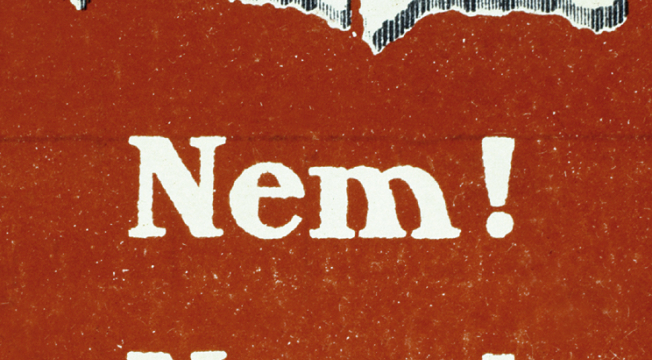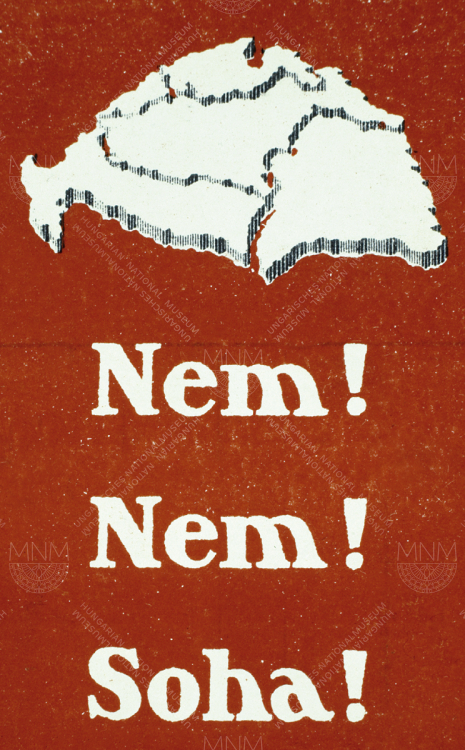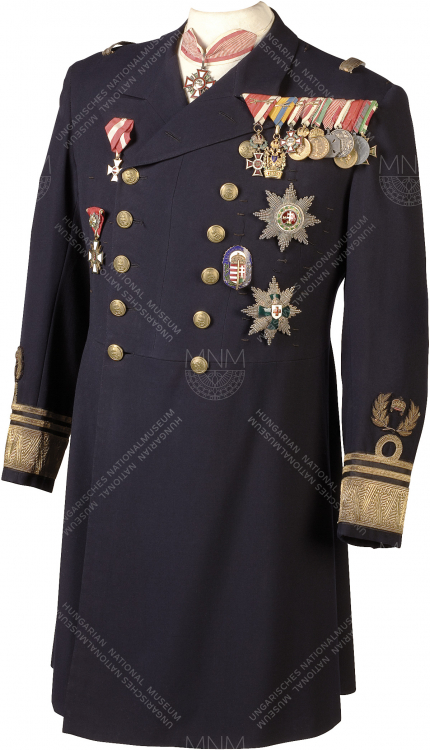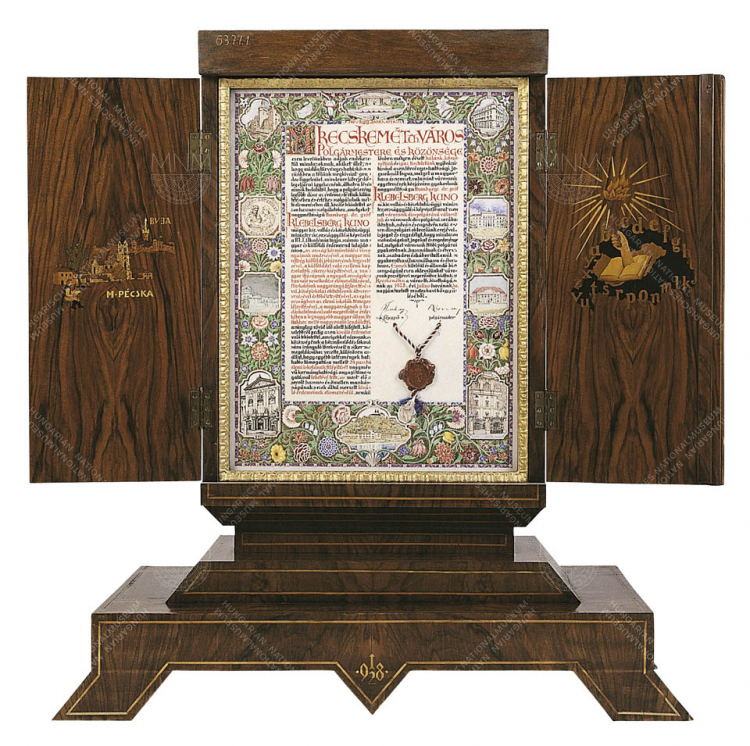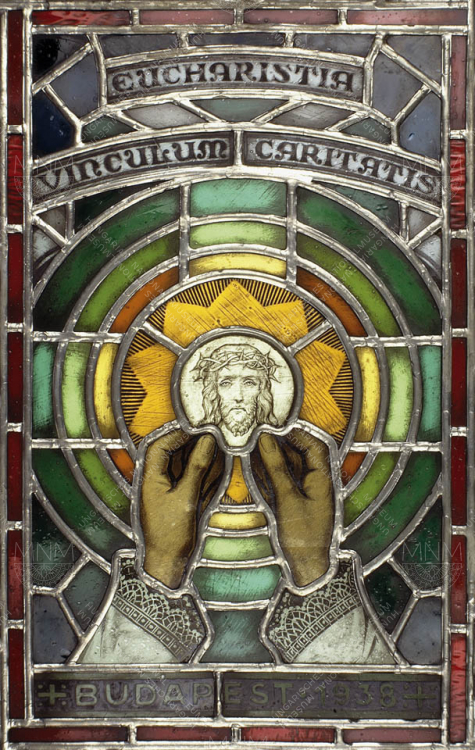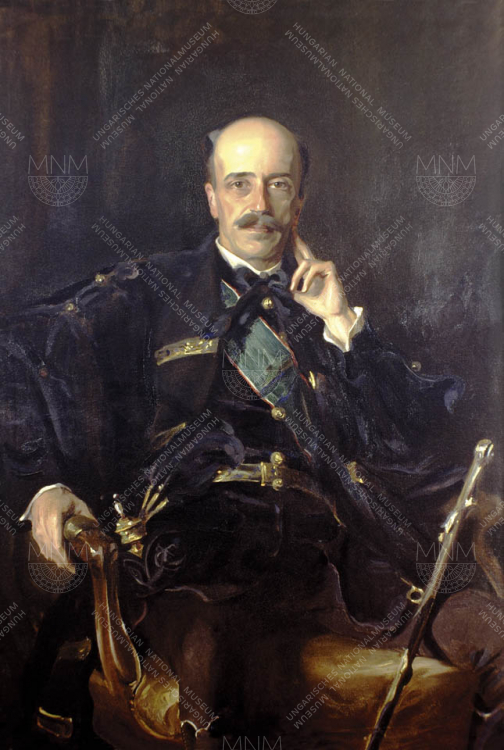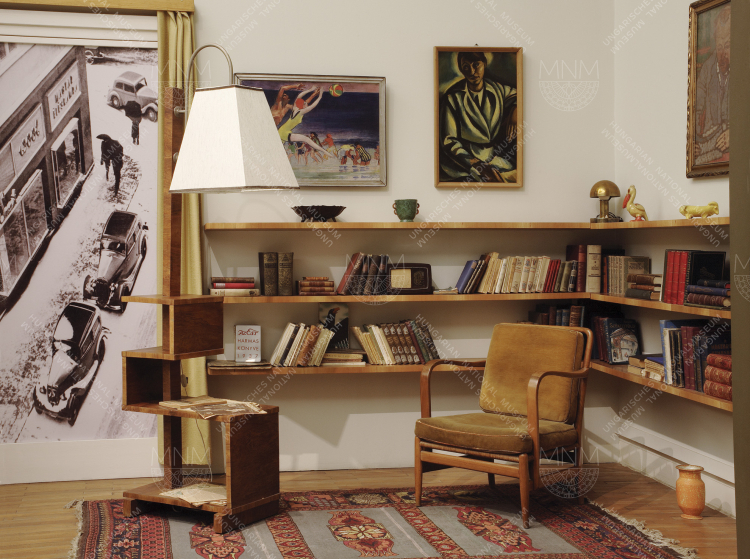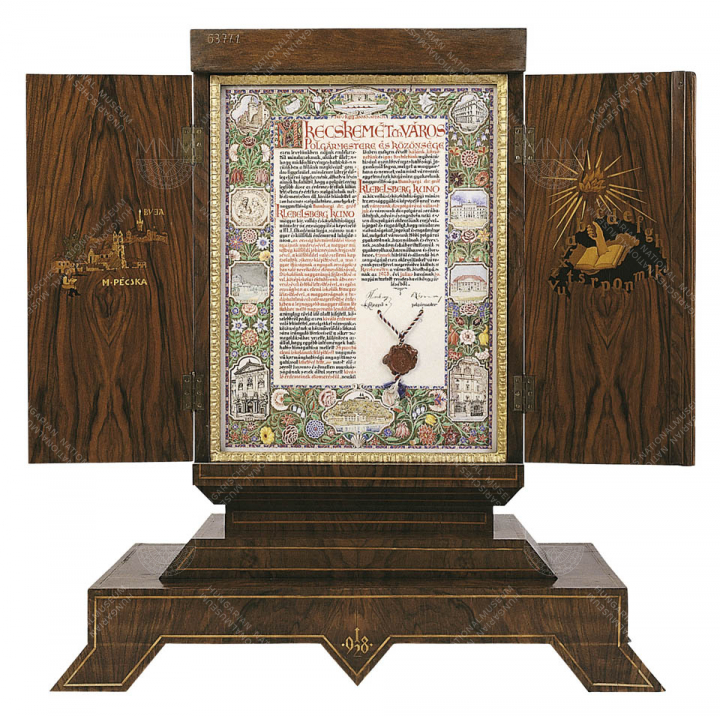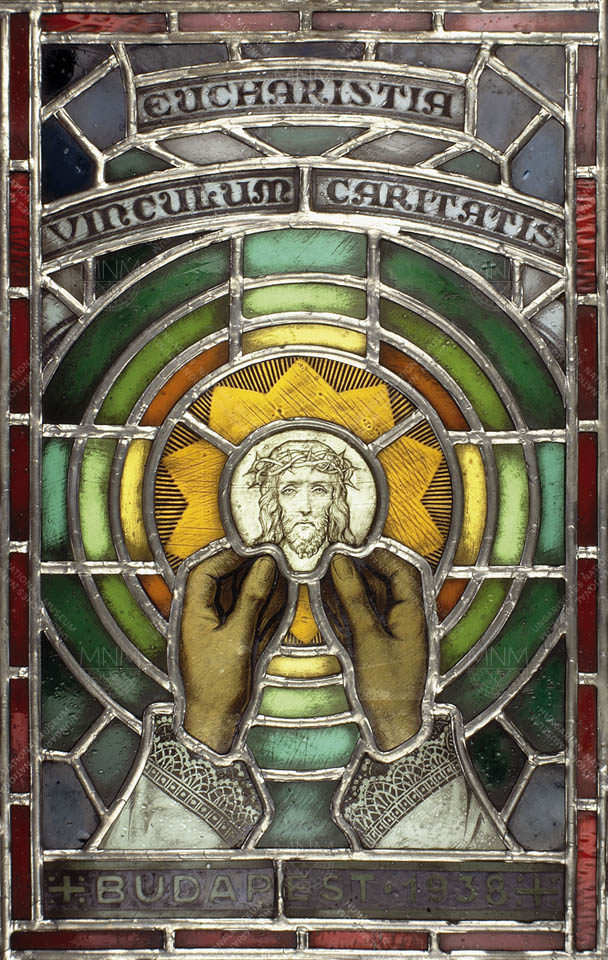
Room 17
This room presents the revival of the now-truncated country and its efforts to change the peace terms it was given, during the period in its history named after Regent Miklós Horthy. The achievements of the economic, social, and cultural consolidation associated with Prime Minister István Bethlen were swept away by the world economic crisis that began in 1929. In the wake of this crisis, extremist, radical movements grew stronger. Rendered defenceless against the Great Powers by the Trianon Peace Treaty, Hungary now gradually came under the influence of Hitler’s German Reich, which was then on the rise. The two ʻHoly Year’ events organised in 1938 were the last occasions on which the political elite indicated, in a public and conspicuous way, that it was attempting to distance itself from the extreme right wing and from Nazi Germany.
Interesting facts:
The British press magnate Lord Rothemere launched a movement to revise the unjust Trianon Peace Treaty. His move made him so popular in the country that it was even proposed that his son should be crowned king of Hungary. Mementos of Lord Rothermere’s campaign are on display in the exhibition.
At the invitation of Education Minister Kunó Klebelsberg, Professor Albert Szent-Györgyi moved to Szeged, where, with the ʻhelp’ of Szeged paprika, he discovered Vitamin C. The Nobel Prize for Medicine awarded to him in 1937 for this epoch-making discovery is displayed in the exhibition.







